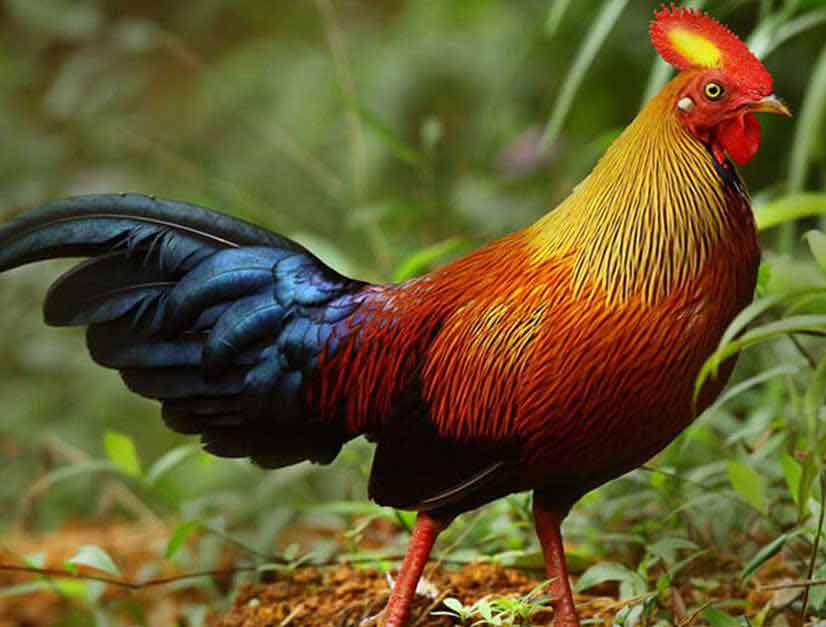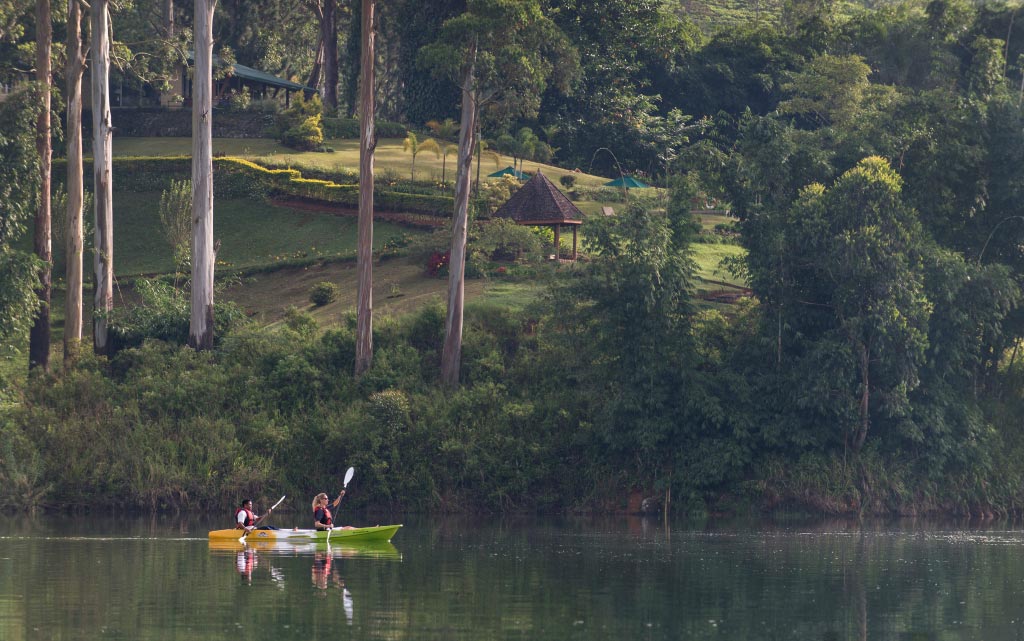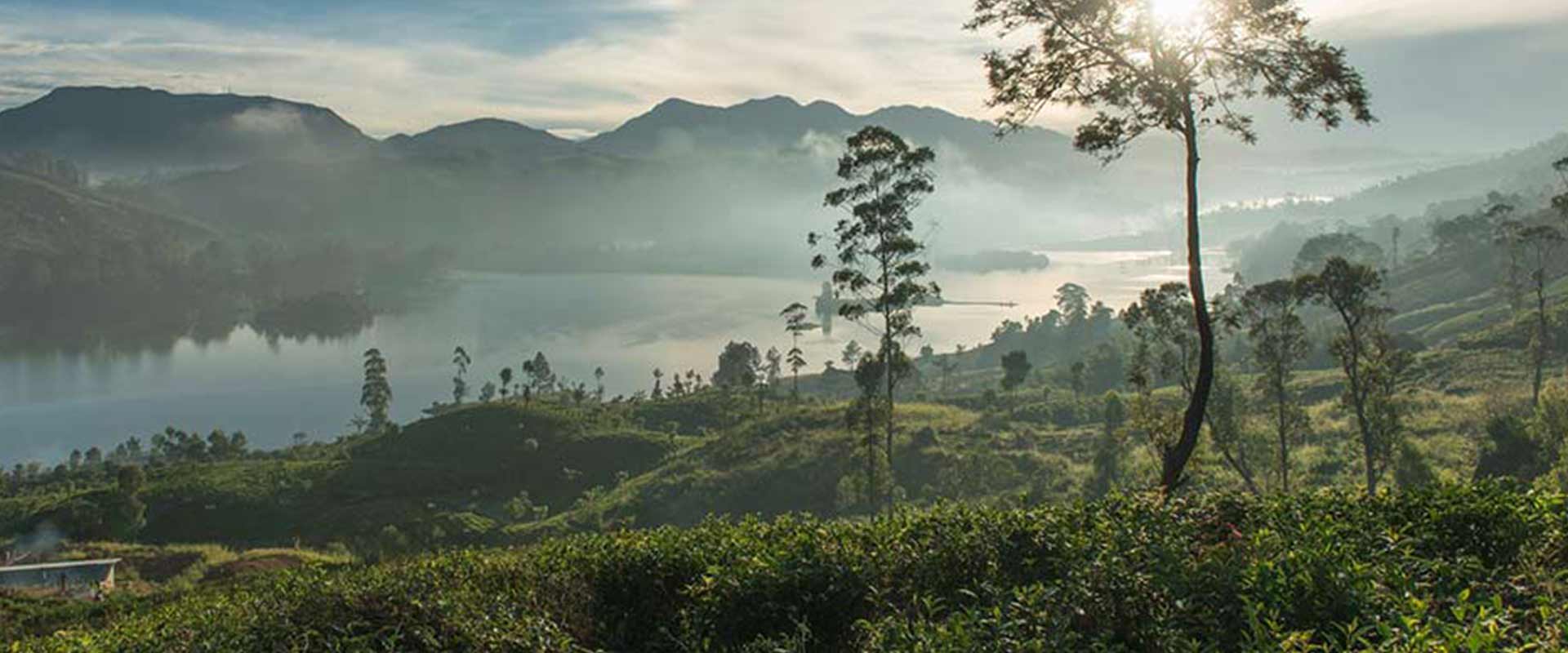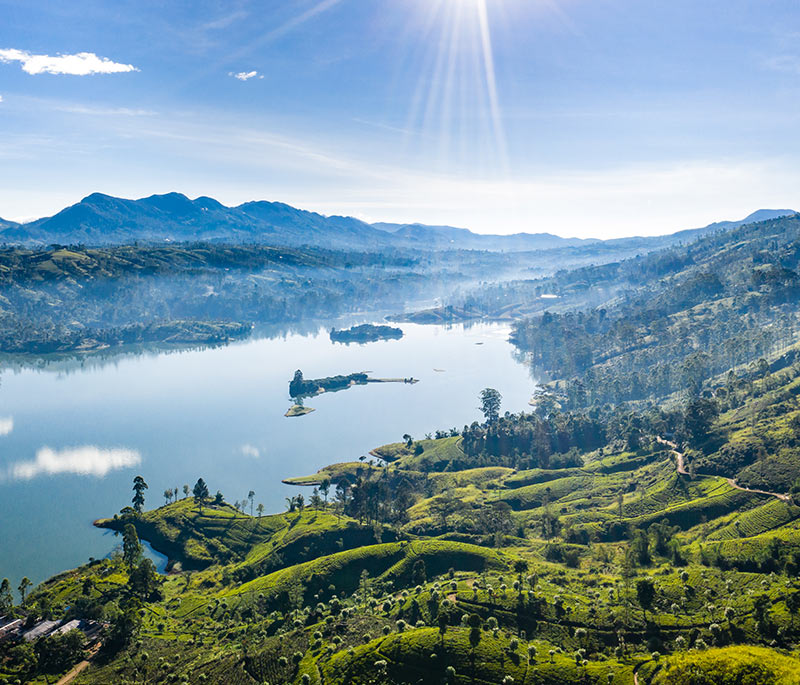A Walk on The Wild Side…
I’m pretty sure Lou Reed didn’t have the kind of wildlife in mind that I saw on my stay at Tea Trails when he released his iconic song on his album “Transformer” back in ‘72.
Moving swiftly on though, one of the things that drew me to Sri Lanka in the first place was the amazing bio-diversity. We all know about “the big three,” – elephants, leopards and peacocks – but the number of other species is mind boggling.
No matter which way you look it’s almost impossible NOT to sight something you’ve only seen before in a zoo or on Attenborough’s “Planet Earth” Series.
I mean, there are 245 species of Butterfly of which 24 are only found here; 5 species of monkey, 233 resident species of birds of which 24 are endemic and that’s before we’ve started on the fish. And, of course, the Sri Lankan leopard.
If you want to see what wildlife should really look like then Sri Lanka is THE place and Ceylon Tea Trails is a very good starting point.
Being located at 4,000 ft means that some species aren’t found in its vicinity as they prefer the wet or dry zones to the more temperate climate of Tea Trails, but, that said, there’s more than enough to interest you and leave you with tales (and photographs) to share with your friends back home.
I know that Tea Trails has recognized not only the importance seeing wildlife in its natural habitat, but also of helping us guests understand it better.
That’s why there’s a resident Naturalist to help you locate the main areas where sightings are more likely. Backed up by a team of experienced trackers, he knows where to look. Rather like those sightseeing boats who take you out for dolphin sightings. You won’t see the dolphins from a distance, but you will see a flock of birds hovering over a path of turbulent water and that’s where you will find the feeding dolphins. Not difficult, but knowledge obviously plays a big part. And it’s the same with the trackers.
Sightings can also depend on the time of year with the October to April season having the highest sightings.

Sri Lankan Jungle Fowl
Migratory birds such as the Asian Paradise Flycatcher, the Kashmir flycatcher from the Himalayas are often seen and, more regularly, the resort sees native birds such as the Jungle fowl and Oriental magpies. I remember seeing the Jungle fowl as a child in the local zoo and it was always my favourite because of its golden colour and long tail. Most exotic.
You’ll not only see the birds, but hear them too – especially in the early morning from about 6am when the familiar call of the Jungle Fowl and cock bird are pretty raucous. They woke me on 3 mornings and were better than any alarm clock and I suppose they contributed to seeing dawn rise in a spectacular flurry of pinks, golds, whites and blues as the sun rose in the East.
That’s one of the true delights of Tea Trails when you wake early. Remember, you’re at 4,000 ft and, whilst not above the cloud line, you’ll see the mist that gathers in the valleys below slowly clear. It reminded me of the Swiss Valleys without the snow.
And, in the still air it’s not just the birds calling as life regenerates for another day, but the chanting of the monks in the Temples from about 5am. It drifts across the valley and I was reminded of what the monks of Chartres must have sounded like some 500-600 years ago as they chanted the Lauds service at 5am in Latin.
Serenity is not my strong point, but the birds and the chanting made me realise that we live in a world that’s moving too fast for our own good. My few days at Tea Trails brought me back to my senses – even if it was a temporary break – and I looked up a poem that was partialy lodged at the back of my mind.
What is this life if, full of care,
We have no time to stand and stare.
No time to stand beneath the boughs
And stare as long as sheep or cows.
No time to see, when woods we pass,
Where squirrels hide their nuts in grass.
No time to see, in broad daylight,
Streams full of stars like skies at night.
No time to turn at Beauty’s glance,
And watch her feet, how they can dance.
No time to wait till her mouth can
Enrich that smile her eyes began.
A poor life this if, full of care,
We have no time to stand and stare.
If you, dear reader, take anything from these quickly written notes, I humbly ask that it is the above.
When you visit Tea Trails you’ll see how William Davies must have felt when he wrote it about 100 years ago.
But, back to my notes and musings.
One thing you won’t hear, but may see, are flights of silent bats at Sunset as they head out to their feeding grounds. If you’ve seen Harry Potter you’ll be reminded on the Death Eaters. They eat souls but the bats eat fruit so you’re perfectly safe!
Other animals you will definitely see are brown Mongoose, black hare, common wild Boar, Barking Deer, Palm Civet and on top of the mountains, the Fishing Cat. There are spotted leopards around but they are extremely difficult to find and you’ll be a hero if you do see one.
You’re probably wondering if there are any dangerous animals wandering about the resort? Well, Sri Lanka is a tropical country and Tea Trails is in a very rural setting so you have to expect some visits. The Wild Boars pop round now and then but they’re not dangerous unless you get too close to them when bruised knees would be a likely result.
We had a visit by a family of 5 during my visit and they simply wandered around looking for scraps of anything edible and grubbing for roots. I guess they stayed about 30 minutes and then simply disappeared. Ugly things (sorry!) that look as if they’ve been made from leftovers.
The worst thing I encountered were 2 leeches which, unknown to me, took a fancy to my nether regions and latched on. It wasn’t until I wondered why my socks were red and damp that I realized they were there. It was my own stupidity really as I had turned down the offer of some light “chainmail” ankle guards and repellant that stop them crawling over your shoes when I told my butler that I was going for a walk off resort. It was a quick and trusted removal method of putting salt on them so they dropped off that worked. No pain whatsoever but I won’t do that again
It was with this background of being enveloped in nature that Tea Trails has introduced their new “Natures Experience” package.
Spread over 3 days you’ll enjoy some of life’s great nature experiences including a Night Trail (accompanied by an experienced naturalist) where you may see more of those Wild Boar, shy deer and the magnificent Sri Lankan Leopard.
Of course, you’ll be surrounded not only by many of the birds I’ve already mentioned, but also a myriad of butterflies, especially on the gentle kayaking across Castlereagh Reservoir. The single thing I noticed whilst in the middle of the lake was the silence. All I could hear was tinkling sounds that seemed on the edge of a dream at the lake edge.
And to see the surrounding mountains from this viewpoint is a stunning, not-to-be-forgotten experience as you listen to the bird calls, sometimes from several kilometers away.
Finally, as the piece-de-resistance of your 3 days, you’ll visit the Leopard Conservation Station at Dunkeld estate where dedicated naturalists monitor the pride of Sri Lanka and create and deliver programmes that inform and educate the local communities on the importance of conservation.
Without these talented people, I’m convinced there would be far fewer leopards to see.
With everything else I had experienced at Tea Trails, without doubt, this was not only the most visually exciting but the most stimulating.
So, is Tea Trails a wildlife paradise?
In all honesty, no. But then I didn’t visit Tea Trails to admire the wildlife.

Kayaking on Castlereagh Lake
What I came for was the serenity; the luxurious peace; the opportunity to be looked after in a way I had only dreamed of; to savour gourmet foods and basically no nothing I didn’t want to.
Tea Trails delivered what I wanted and I hope it does for you too.





